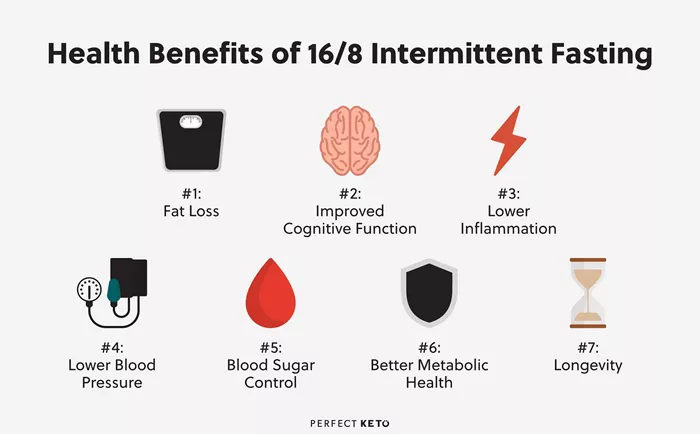The year 2024 has witnessed a sharp increase in infectious diseases worldwide, exacerbated by climate change, declining vaccination rates, and the emergence of new pathogen variants. This alarming trend underscores the growing public health threat posed by preventable and climate-sensitive illnesses, according to a preliminary analysis by Airfinity Ltd., a London-based disease forecasting firm.
By late December, global cases of dengue fever reached an unprecedented 13 million, more than double the number from the previous year. Central and South America saw particularly steep increases, with infections nearly tripling in these regions. The disease caused nearly 10,000 deaths worldwide in 2024. Other illnesses, including pertussis (whooping cough), mpox, oropouche fever, and poliomyelitis, also saw significant surges.
Of particular concern was the unprecedented number of human cases of avian influenza caused by the H5N1 virus in the United States. By December 2024, 61 human cases had been reported, marking a sharp increase in the spread of the virus. Meanwhile, Rwanda reported its first outbreak of the Marburg virus, a deadly pathogen that causes severe hemorrhagic fever and poses a significant health threat.
Climate Change and Disease Transmission
The Airfinity analysis, which draws on data from 128 sources across 206 countries, highlights the role of climate change in facilitating the spread of infectious diseases. Rising temperatures are allowing disease vectors such as mosquitoes and ticks—carriers of viruses, bacteria, and parasites—to survive and expand their reach into new regions.
This year is set to be the hottest on record, with global temperatures surpassing 1.62°C above pre-industrial levels in November, according to the Copernicus Climate Change Service, an initiative funded by the European Union. Warmer temperatures enable mosquitoes and ticks, which carry diseases like dengue and Lyme disease, to thrive in areas that were previously too cold to support them.
Kristan Piroeva, an analyst at Airfinity, noted that the increasing frequency of extreme temperatures and unpredictable weather patterns are directly contributing to the rising number of cases of climate-sensitive diseases. “We are seeing more frequent outbreaks of diseases that thrive in warmer, more humid environments, making them harder to control and predict,” Piroeva said.
Declining Vaccination Rates and Emerging Strains
The resurgence of several infectious diseases has also been linked to a decline in global vaccination rates, a consequence of disruptions caused by the COVID-19 pandemic. For example, a dramatic rise in measles cases was reported in the U.S., where infections increased by 380%, and in Europe, where cases grew by 147%.
Mpox, a viral disease typically less contagious and milder than smallpox, also emerged as a major concern this year. A more virulent strain surfaced in the Democratic Republic of Congo, leading to hundreds of deaths and prompting the World Health Organization (WHO) to declare the disease a global health emergency for the second time in 2024.
In addition to these concerns, the spread of polio has intensified in Afghanistan and Pakistan, the two countries where the disease remains endemic. Disruptions in vaccination campaigns due to political instability and military conflicts have hindered efforts to control the spread of polio, particularly among children.
The Need for Global Action
As the number of infectious disease outbreaks continues to climb, experts are calling for urgent action to strengthen global health infrastructure and preventive measures. Piroeva emphasized the importance of international collaboration, data-sharing, and trend surveillance to mount a coordinated response. “The resurgence of preventable and climate-sensitive illnesses highlights the importance of adhering to preventive measures while advancing innovation to address diseases,” she said.
Global health experts warn that unless immediate and concerted action is taken, the world could face a further escalation of infectious diseases, putting millions of lives at risk. Addressing the root causes—climate change, vaccine hesitancy, and disrupted health systems—will be crucial in mitigating the ongoing health crisis.
Conclusion
As 2024 draws to a close, the global community is left to confront the stark reality of a rising tide of infectious diseases. With climate change fueling the spread of vector-borne diseases, the need for effective, coordinated public health strategies has never been more pressing. The health of future generations may depend on how quickly the world responds to these growing threats.
Related Topics
Russia Unveils Groundbreaking mRNA Cancer Vaccine, Promises Free Distribution in 2025
Ginger and Turmeric: A Nutritionist Explains Their Role in Restoring Health
Legionella Contamination Leads to Closure of Mental Health Ward at Lister Hospital



































